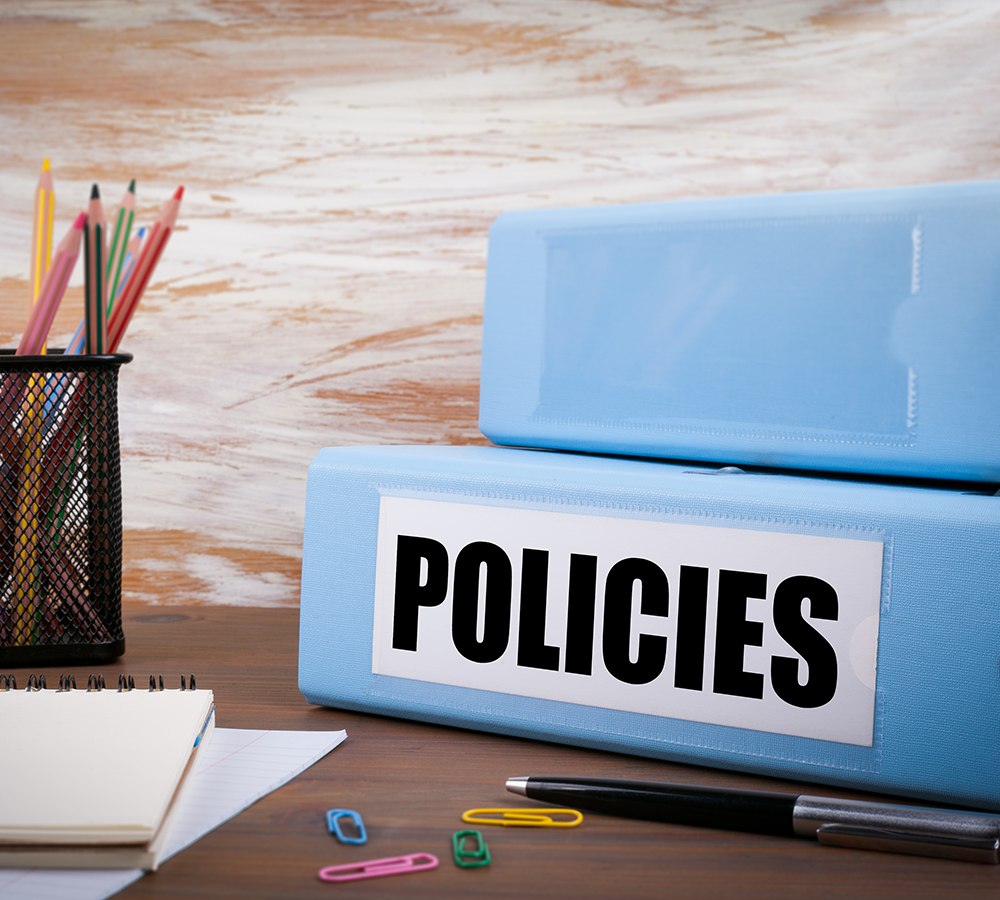Sen. Bernie Sanders, I-Vt., is back on the road promoting Medicare for All. “We are the only major nation on earth that does not guarantee health care to all people as a human right,” he complained in a recent speech in Nevada.
But the Vermont senator failed to explain how he’d pay for universal health care. And in the latest installment of the American Action Forum’s “Reality Check-Up: The Truth About Single-Payer Systems, Michael Baker describes just how costly single-payer health care would be.
Consider the sticker cost of Bernie’s own Medicare for All bill.
Sanders’ plan — originally introduced as legislation in 2017 after his campaign for the presidency — was projected to increase federal spending between $25-$35 trillion from 2017-2026. While the Sanders team predicted the plan would cost the federal government $1.1 trillion per year beginning in 2017, an analysis of the plan by the Urban Institute found that it would cost double Sanders’ claim: approximately $2.5 trillion per year over the same period.
The Mercatus Center in 2018 “estimated that the plan’s cost as a share of GDP would reach 12.7 percent in 2031” — up from 6.9% under the current system.
Kamala Harris proposed her own version of Medicare for All in 2019. But her blueprint wasn’t any less expensive.
Harris’ M4A plan was expected to increase federal spending by $43.9 trillion over the decade of 2026-2035. After accounting for the projected revenue raised to finance the plan, the net federal cost would be estimated at $2.3 trillion for the year of 2028 and a total net cost of $24.1 trillion between the years of 2028-2035.
Under Harris’s plan, “federal spending on health care alone would come out to around $4.1 trillion per year,” Baker writes. Meanwhile, “medical productivity” — the efficiency with which doctors provide care — would have decreased by 22% in 2035.
Paying for a healthcare entitlement of this magnitude would cripple the U.S. economy. In 2020, the Committee for a Responsible Federal Budget mapped out four methods to partly finance Medicare for All — such as doubling payroll taxes, slapping an additional 25% income tax onto other taxes, doubling all individual and corporate income taxes, or slashing non-health federal spending by 80%. Americans would welcome exactly zero of these changes.
Baker imposes an important reality check on progressives’ single-payer dreams. If Congress can’t even pay for it, Medicare for All should be a no-go.

